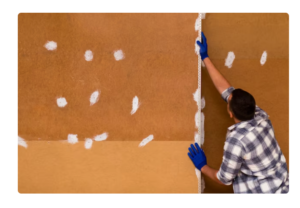Household appraisal is essential to buying or selling a property in California.
This blog will cover the basics of household appraisal in California, including what it is, how it works, and what you need to know as a homeowner.
What is a Household Appraisal?
A household appraisal is an estimation of the market value of a property conducted by a licensed appraiser. The appraisal considers various factors, such as the property’s size, location, condition, and amenities, as well as the recent sales of comparable properties in the area. The appraiser will provide a written report outlining their property valuation.
Why is a Household Appraisal Important?
A household appraisal is important because it helps determine the property’s value, which is a critical factor in buying or selling a home. Lenders require an appraisal to ensure that the property is worth the money being loaned and to protect themselves from loaning more than it is worth. Appraisals also help homeowners understand the value of their property and make informed decisions about refinancing, remodeling, or selling.
How Does a Household Appraisal Work?
When you request a household appraisal, a licensed appraiser will visit the property and evaluate it based on various factors. The appraiser will take measurements, note the property’s condition, and assess the quality of the fixtures and finishes. They will also consider the property’s location, views, and access to amenities such as schools and parks. Finally, the appraiser will review recent sales of comparable properties in the area to determine the property’s market value.
What Do You Need to Know as a Homeowner?
As a homeowner, you should know a few things about California household appraisals. First, hiring a licensed appraiser knowledgeable about the local market is important. You should also be prepared to provide access to the property and answer any questions the appraiser may have. Finally, remember that the appraisal is an independent evaluation, and the appraiser’s valuation may be higher or lower than your expectations.
Conclusion:
Household appraisals are a crucial part of buying or selling a property in California. They help ensure that properties are valued accurately and protect lenders from loaning more than a property is worth. As a homeowner, it’s essential to understand the basics of household appraisals, hire a licensed appraiser, and be prepared to provide access to the property.



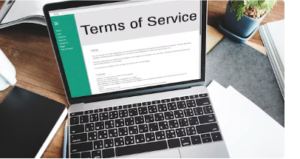
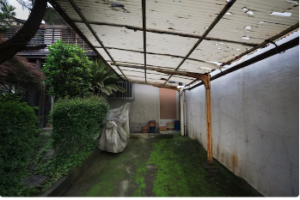 Here are the steps you can follow to Water-Damaged Ceiling
Here are the steps you can follow to Water-Damaged Ceiling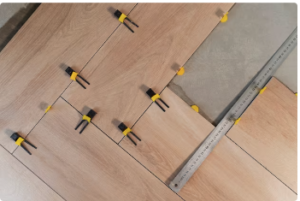
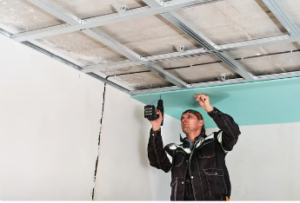
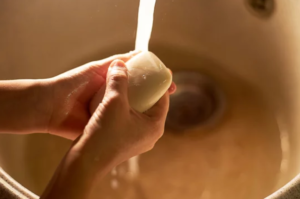
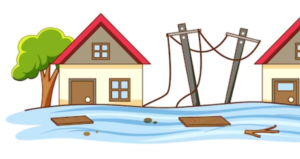 According to this standard, after a water leak, it is recommended to remove all wet materials, including drywall, flooring, and baseboards, to dry out the affected area and prevent mold growth effectively.
According to this standard, after a water leak, it is recommended to remove all wet materials, including drywall, flooring, and baseboards, to dry out the affected area and prevent mold growth effectively.